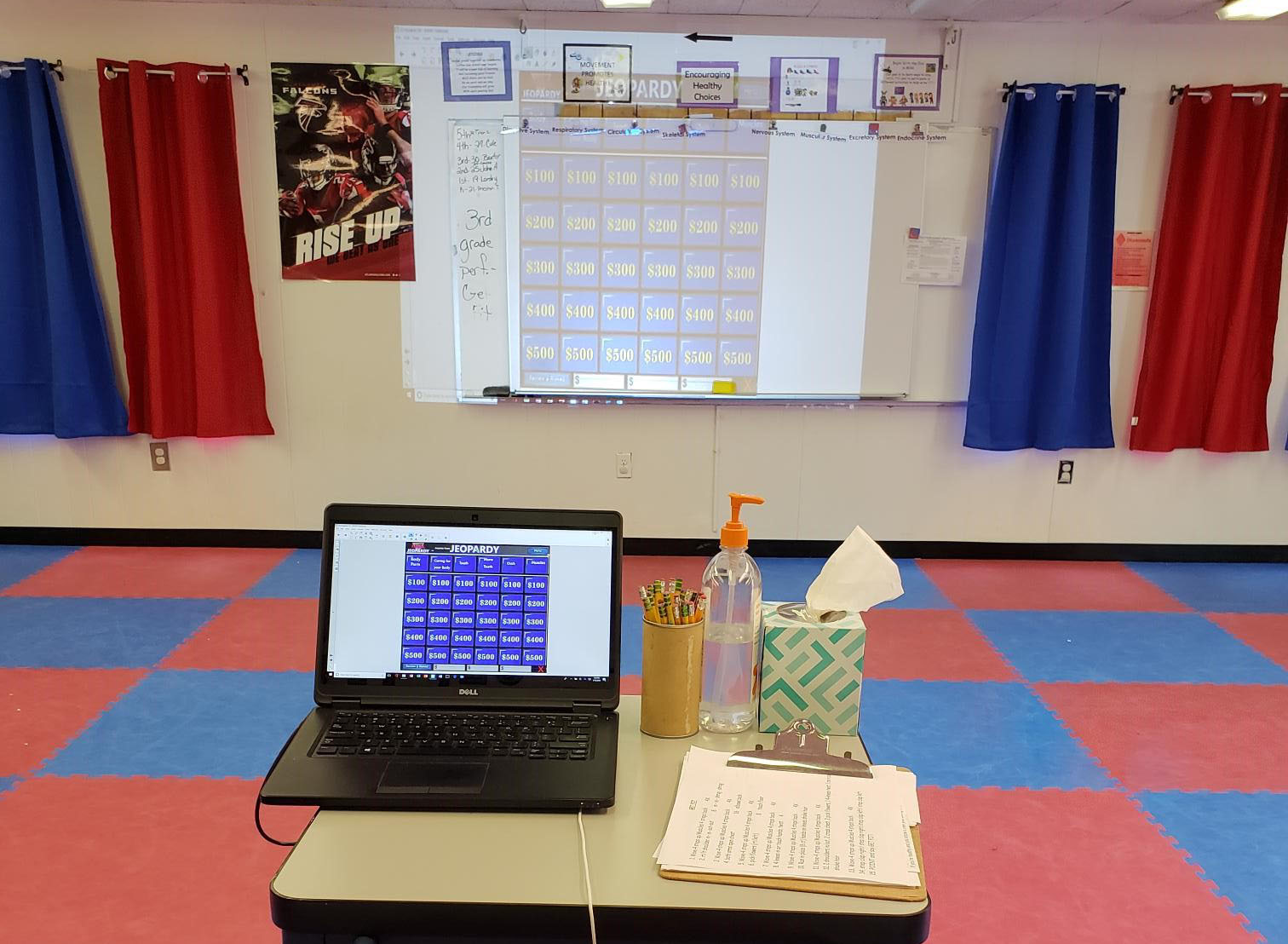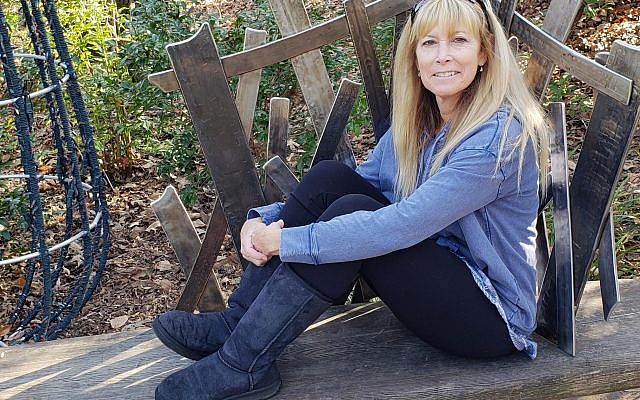Not Your Grandma’s PE
For the past 20 years Jamie Stein Smith has been teaching health and PE in public Cobb County elementary schools in grades K–5.
After 37 years with the Atlanta Journal-Constitution and now with the AJT, , Jaffe’s focus is lifestyle, art, dining, fashion, and community events with emphasis on Jewish movers and shakers.
In my grammar school Physical Education classes, we played dodgeball and Red Rover and square-danced and wrapped the Maypole. This past year on the nightly news, we’ve seen a barrage of reporting about younger kids involving concussions, bullying and social media permeating the schools. Younger students today have PE three times in seven school days. Note that PE is in addition to 20 minutes of daily recess.
Current PE educator Jamie Stein Smith grew up off Briarcliff Road, and was active in Congregation Shearith Israel. In high school she got excited about sports, teams and games by serving as bat girl. She went on to graduate from the University of Florida with a degree in health and physical education.
For the past 20 years she has been teaching health and PE in public Cobb County elementary schools in grades K–5. One year was spent with special needs students. Along the way she coached her own sons’ tennis teams and took them to four consecutive state victories. She also assistant coached a girl’s softball team.
For the love of sports, Smith said, “I grew up as an avid sports participant and have always supported the Falcons, Flames, Braves, Thrashers, Hawks, and Atlanta United. You’ll find me watching EVERY Falcons game and finals of every sport along with catching some of our other team regular season games.” So naturally she wanted to spread her passion for sports and prepare students for successful physical education. Smith’s classroom is a trailer, and each class has no more than 36 students.
Contact sports are no longer played in elementary school. Smith states that just too many students got hurt playing dodgeball. She did not allow her own sons to play football.
Smith supervises games such as squareball, thunderball, and “bridges” to keep kids on their toes. Other favorites are badminton, beach volleyball, tennis and kickball. She also insists that when/if a student is eliminated, they do not go “sit it out,” but rather skip and jog to keep moving. “Also, in this way, they play harder to not get called ‘out.’”
Physical Education is different from when Baby Boomers went to elementary school. Smith spends the first two quarters concentrating on behavior and personal space. One example is a room of alternating red and blue checkerboard squares where students learn to keep within their own boundaries (within their own square).

The last two quarters are more about athletics and movement. Smith also prepares them for middle school by teaching rules. For example, “T” ball before baseball. “Some of them even need to learn how to run the bases in the right order.” Over the decades she has seen more really proficient athletes at early ages.
Students are also introduced to weightlifting. K–second grade use pool noodles. Third-, fourth- and fifth-graders use one to two pounds weights. “When they first see the light weights, they underestimate the benefits they receive until they get into a routine.”
In terms of bullying, Smith said, “I’ve always taught good sportsmanship and the importance of being a team player. Good sportsmanship is taught by not bragging when you win and not pouting when you lose. It’s all about having fun playing the game.”
She advises that all children get at least 60 minutes of activity a day. For a younger child, that could be riding a bike, as long as they’re moving. “I encourage all kids to exercise daily, to walk or run on a regular basis because it can be done anywhere they go. I also teach them weight training and nutrition.”
Family influence is pivotal. Smith sees healthier kids in those families who eat properly at home. Also, families who practice good habits, by supporting sports versus sitting their kids in front of a TV or video game, carry this positivism over into school.
When asked about what’s next, Smith mused, “Maybe I’ll do some Zumba classes to get the kids spirited and moving!”




comments